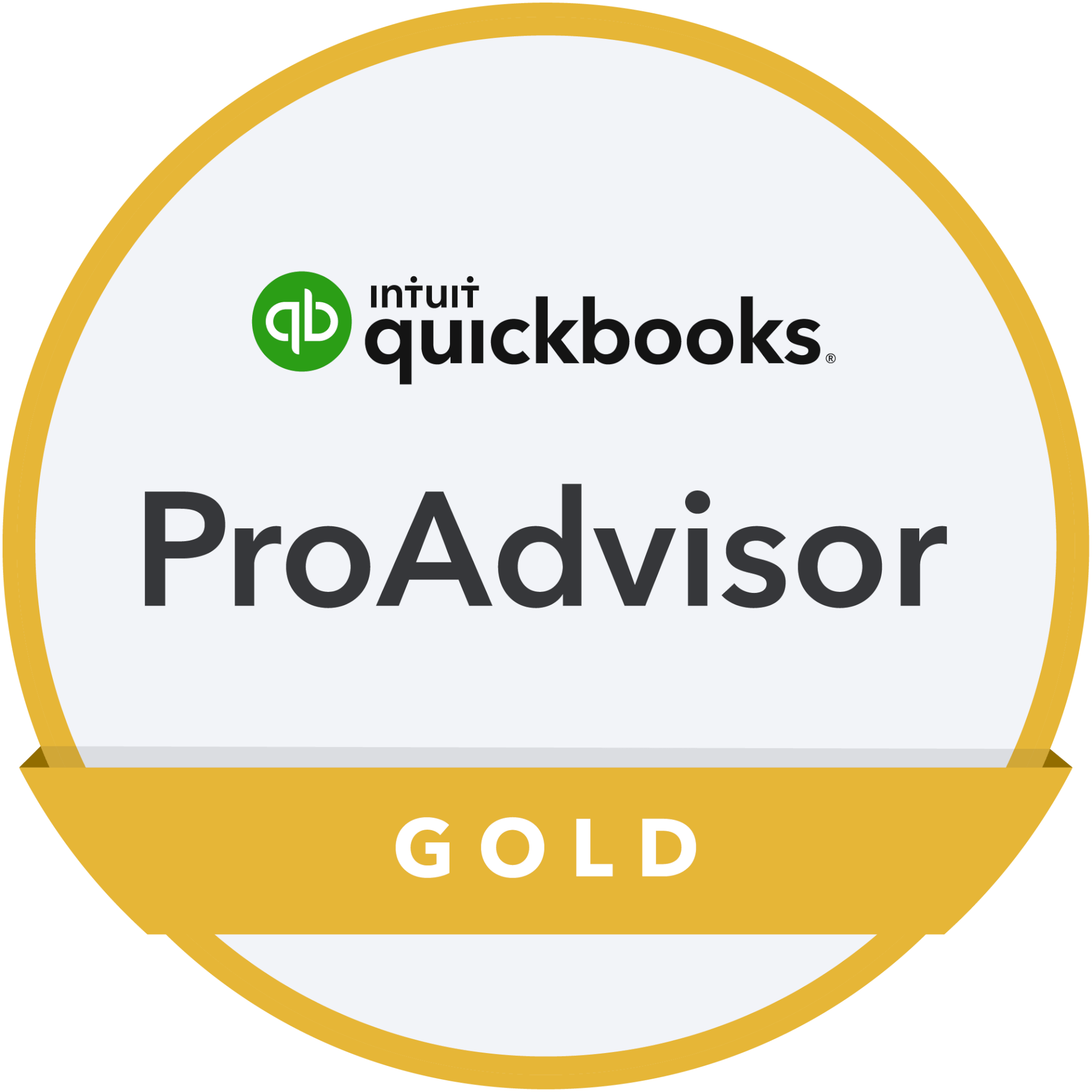As the economy struggles with ‘the deepest recession for 300 years’ post Lockdown, it’s imperative to your profits that EVERY lead is followed and thoroughly explored.
It’s really important that if your phone rings, or an enquiry comes in, you’re making the most from it.
Without doing so, you might as well take the cash you spend on marketing and set light to it!
Some powerful statistics show that there are things that every business owner can easily put in place to increase the number of leads that convert to paying customers.
So what are they?
What can you do?
This summary video will run you through the suggestions outlined below.
(This content was written and recorded during the first Lockdown, but as businesses continue to navigate challenging economic conditions, it’s just as relevant now!)
Given everything that’s going on in the economy at the moment, coming out of lockdown and with the uncertainty that’s around, it’s really important that we all maximize the potential in any lead that we get.
Our phone supplier published some stats recently. According to Google, 63% of people complete their purchase offline once they’ve done their research online.
Basically, they want to speak to somebody before they commit, to make sure that their research actually holds up.
Quite often they’ll just double check some of the facts or figures that they found out before they actually make that purchase decision.
Your job is to make it as easy as possible for them to do that!
One of the people who can help you do that is your phone provider.
Your phone system can help you ensure you are maximizing every lead that you get. Beyond that, you can also set up some processes to make sure that you’re maximizing the return and the conversion of every lead that comes into your business.
Timing is vital!
Following on from the Google statistic, there are some quite powerful other statistics around the effect of how quickly you can get back to somebody if you miss their call.
- If you answer the phone and get to speak to somebody the first time they ring on the first time the phone actually rings, you can get up to an 83% conversion rate.
- If you don’t respond to that initial call but you call them back really quickly, so within 10 minutes, that conversion rate drops, but it only drops to 73%. A 10% drop.
- If you don’t respond until 90 minutes after the initial contact, that conversion drops to 57%. Almost half of those leads will be lost.
- If you don’t respond within four hours, the conversion rate drops down to 45%.
- If you call-back goes longer than four hours, then your conversion rate could be as low as 17%.
Think about all of the effort and expense that you’ve put in to get that phone to ring. If you don’t respond to that enquiry or can’t get back to them within four hours, your conversion rate will plummet to 17%.
Could that be happening in your business?
There are three golden rules for maximising your conversions from an incoming call.
Rule 1 – Answer the phone!
Rule 2 – Get back to any missed enquires as soon as possible.
Rule 3 – Systemise the follow up of that enquiry to make sure that you’re not missing any of the opportunities along the conversion process, or Customer Journey.
Let’s look at each of those rules in turn:
Rule 1 – Make sure those calls are answered.
The reports from your phone system will show you whether you’re answering all of your calls. They will also show if you are missing any, for example if you don’t have enough lines to accept them all.
Ensure you’ve got enough resources to answer those calls at peak times.
Ten o’clock in the morning could be your busiest period. If you’ve got any overflow that you could be losing, it might help to divert the extra to somebody else within the business during that period.
You may need more lines to allow those calls to come into the business.
You could use an answering service, as we do, that will take the overflow between set hours and that will just kick in, potentially, outside of those hours as well if that’s needed.
Rule 2 – Get back to the caller as soon as possible.
Given the stats about reducing conversions over time, it’s key to get back to your missed caller as soon as you can. An answering service can be key here.
Our answering service, from Verbatim, is brilliant! If they do take a call for us, they immediately send us an email and a text. That text comes through to our watches so we know that we’ve got a call to return as soon as we are free and able to do so.
Obviously the message also goes to email, so we can pick that up on the iPhones or on the Macs wherever we may be. So it just means that we do not miss that call and we can call back as soon as possible.
Rule 3 – Systemise the follow up.
Once you’ve got back to that caller, the imperative thing is to make sure that your follow up process is so robust that you know that it’s going to happen. Whether that’s you doing it or somebody else in your business doing it, you know that nothing’s going to get lost.
Makes sure that you’re recording all of your leads:
- You want to make sure that you’re exploring all of them and following up effectively.
- You want to know how many leads you’re getting from your various marketing activity and where those leads are coming from. (There are lots of different ways to do that, perhaps for a separate video! The idea though is that you can direct your marketing spend to the activities that are bringing a return.)
It can be helpful to link your phone system with your CRM system. Then it can automatically creates call backs and records of incoming enquiries so you can track them through.
You could use something like Trello to track your follow-up. Every enquiry then gets set up on Trello and follows through your system.
Pipedrive is another option to record and monitor your lead pipeline.
Consider call recording as part of your process.
Regardless of how methodical you are taking notes when you’re having those initial calls, if you’ve got a call recording to go back to, you’ll be absolutely sure what was said. It also gives you the opportunity to double check that calls are being handled in the way that you would like.
What features should be in your follow-up process?
It’s best to make your follow-up system as automated as possible so that reminders prompt the bet action.
It needs to be trackable so you can be sure of the return you’re getting on the investment in the front end of the marketing process.
It’s also good to mix it up a bit. You might want to use different contact methods;
- Email – We all zap emails all over the place, but emails boxes are overflowing and they can easily be missed, either by accident or design!
- Phone calls – Don’t underestimate the value of picking up the phone. It’s easy to call to ask about the proposal you sent, and to discuss the potential customer’s thoughts on it’s content.
- Video calls – Systems like BombBomb or Loom allow you to record a brief but personalised video. This puts your face in front of your prospect.
- Video cards – These can be loaded with a professionally recorded video and sent in higher numbers, and can be particularly suited to try to get an initial meeting, for example.
- Snail mail – Direct mail isn’t dead! We all love to receive post rather than emails, so think about sending a card, a postcard, even your actual hard copy proposal rather than an email version. Anything that arrives in the post with some kind of ‘lumpy mail’ is likely to make an impression.
- Text messages – We all have our phones within six feet of us, pretty much all of the time. Suppliers like Textlocal offer an affordable way to send meeting reminders, chasers for information, requests for a team to call, deadline reminders etc that are almost 100% likely to be seen. Be careful of overuse!
- What other alternatives can you (and your team) come up with?
You’re looking for anything that will build the relationship, or build trust, and encourage that customer or that potential customer to sign on the dotted line, to spend their money with you.
The longer Customer Journey
This is the full journey that a customer goes on as they move from the initial contact with your business to becoming an established customer. It should include the sale, but also the potential reminders to come back and buy again, the offers that may be available later, and details of new services or products that you launch that might be of interest.
How are you going to stay ‘top of mind’ with your past customers? They already trust you and should be far easier to sell to again in future than someone you have no relationship with.
Think about the different stages that you want your customer journey to incorporate, the different pieces of information that you might want to include in there along the way.
It could be things about the benefits of working with you and build into your process an example of how that might make them feel, because we all buy people and we want to build that trust.
Above all, make sure that your process is as robust as possible, because given the current economic conditions, we all want to make sure that we’re maximising every enquiry that we get.
If you’d like to discuss any of above, then please do get in touch.
In case it’s helpful, I’ve listed below our key suppliers I’ve mentioned above:
Phone System / Tracking Numbers – Invoco
Contact: Jeremy Strong
Answering Service – Verbatim
Contact: Graham Hill
Business News
We send regular updates that keep clients aware of changes and suggestions on a wide range of subjects; if you’d like to receive those too, just add your details below and we’ll do the rest! We promise not to bombard you and you can unsubscribe at any time.




